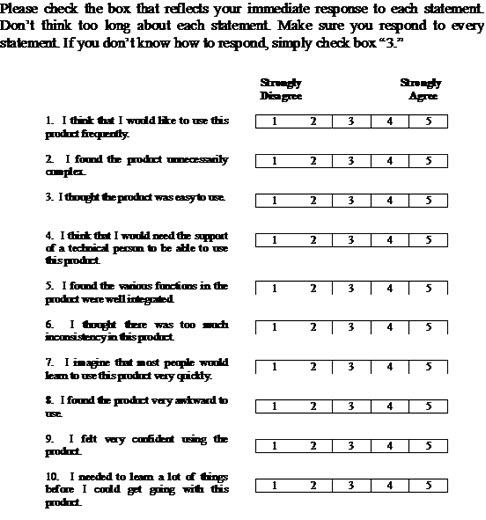Usability Testing with Real Data
Usability practitioners run the risk of misreading the results of usability evaluations, either identifying false positives when artificial user data interferes with a user’s product experience or overlooking real problems when they use artificial user data. In this paper, we examine a strategy for incorporating users’ real data in usability evaluations. We consider the value and the challenges of this strategy based on the experiences of product teams in a consumer software company.


